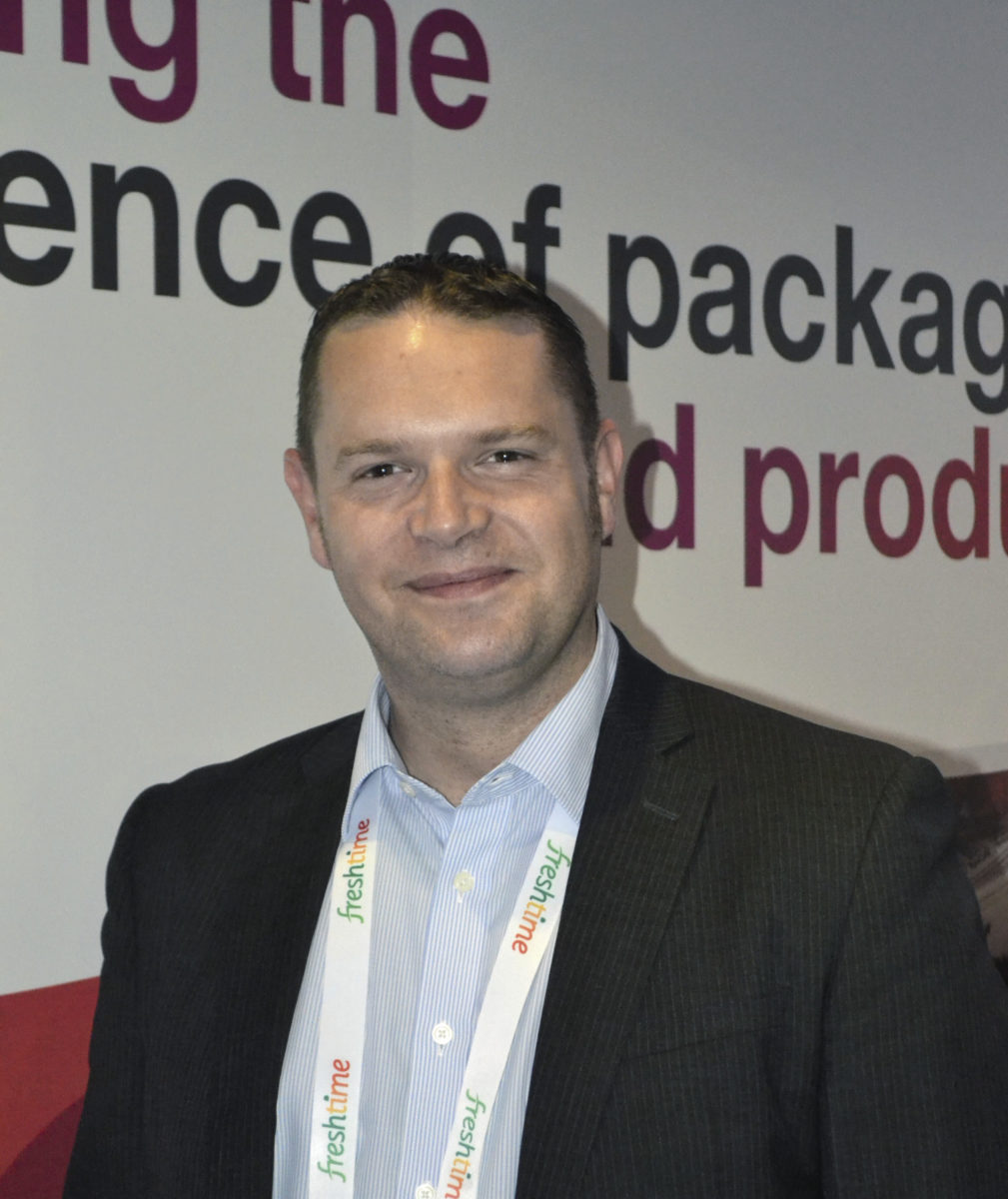I think DuPont Photovoltaic and Fluoromaterials is well known to the PV industry, but less so DuPont Teijin Films. Can you give me a quick introduction?
The company is a 50/50 joint venture between the DuPont you know and Teijin from Japan. We make polyester films or PET. We invented that polymer in the 1940s and one of our biggest markets is backsheets for PV. The situation is not uncommon in these big companies, to have one or two competing or complementary technologies.
DuPont Teijin Films offer to the PV industry is the Mylar UVHPET range of backsheet films, which I believe offers sustainability without compromise. One thing I should say is that while I’m relatively new to the PV industry, as a company we have 45 GW of installed capacity using our film as the outer layer. We’ve been doing it for over a decade.
Well, my interest in DuPont Teijin was piqued by the project you have with Coveme, in terms of using recycled PET. What’s the nature of the project?
I suppose I can start with what sustainability means to me is based on three main areas. The first one is where the product comes from, how it performs in life and then end-of-life solutions. The collaboration with Coveme is aimed at improving the environmental impact of our existing Mylar range of products, which are polyester-based films designed for PV backsheets.
One of the advantages of polyester is that it already has a lower carbon footprint than alternative materials, with clean and efficient manufacturing. The additional advantage is the potential to further reduce the carbon footprint by incorporating recycled content.
Polyester is the most widely recycled plastic in Europe and likely globally. It can be recycled using both mechanical and chemical recycling and Dupont Teijin has invested heavily in chemical recycling at our plant in Luxembourg to develop what we call our LuxCR depolymerization process.
We aim to incorporate plastic waste back into backsheet material – giving a lower carbon footprint and another life to that plastic material. A Coke bottle that has been around the block four or five times and has reached the end of its useful life through mechanical recycling can be rebuilt through chemical recycling to its original properties and then go on to withstand the 25+ years in the field in a PV backsheet. Ultimately our aim is to recover the backsheet material through our LuxCR chemical recycling process to achieve real closed loop recycling in the PV industry.
What kind of level of recycled PET can be achieved in a backsheet?
We are very early in the journey and our target to start with is one third. If you look in other industrial areas, 30% seems to be the minimum level and any less than that is not worth the effort. We are at 33.3% at present and we will look to increase that as we can and if the market demands it.
The good thing about incorporating recycled plastic is that for every kilogram of virgin material you replace you reduce the related carbon emissions by approximately 1.5 kilos. Increasing those levels comes with better messaging to the wider industry about a further carbon reduction, but this needs to be done step by step.
Is using recycled PET cheaper?
It won’t be cheaper, no. It is linked to the supply and demand of recycled material. We make our own materials, and buying and processing recycled material is typically more expensive than producing virgin polymer.
This content is protected by copyright and may not be reused. If you want to cooperate with us and would like to reuse some of our content, please contact: editors@pv-magazine.com.

